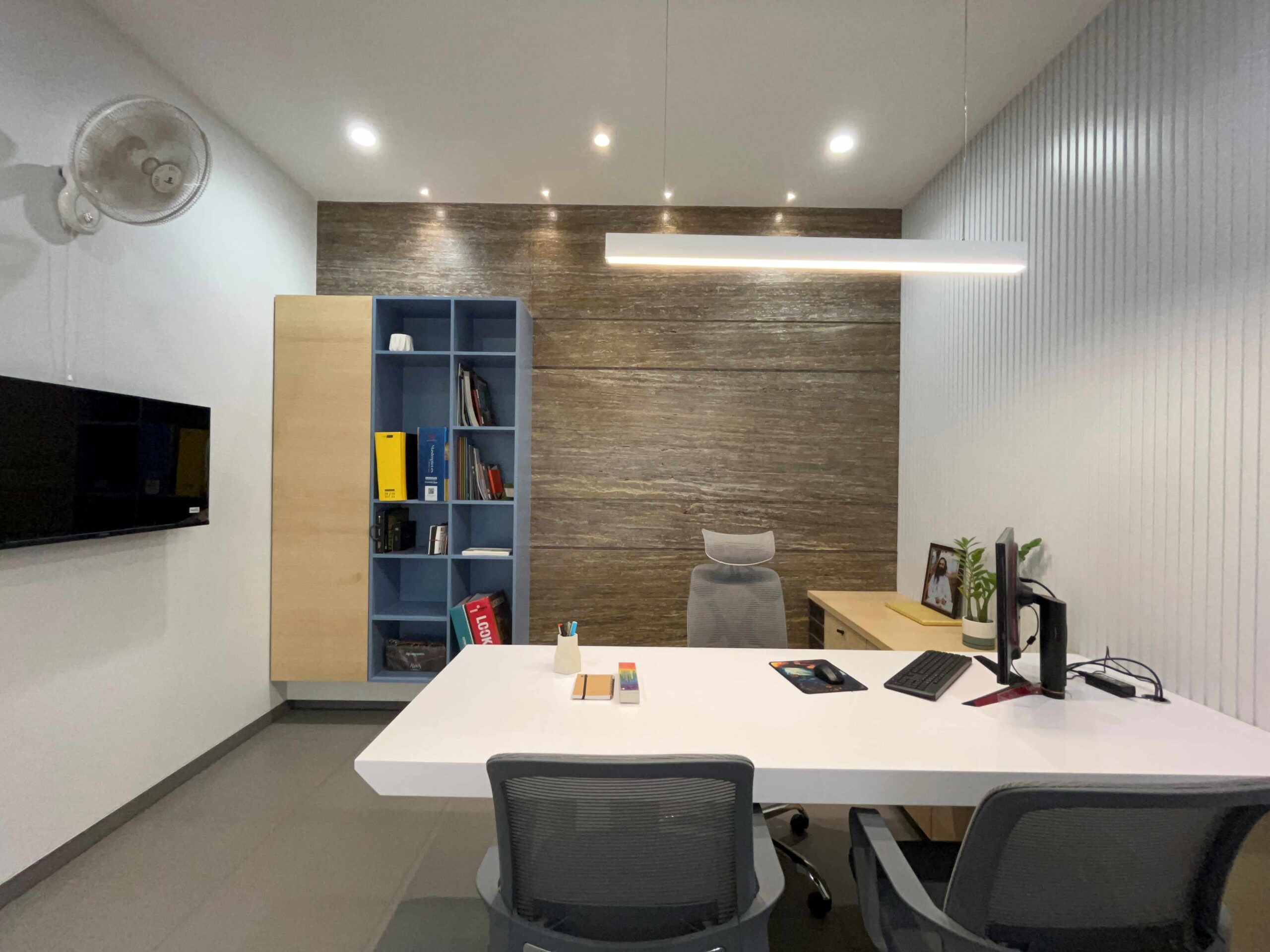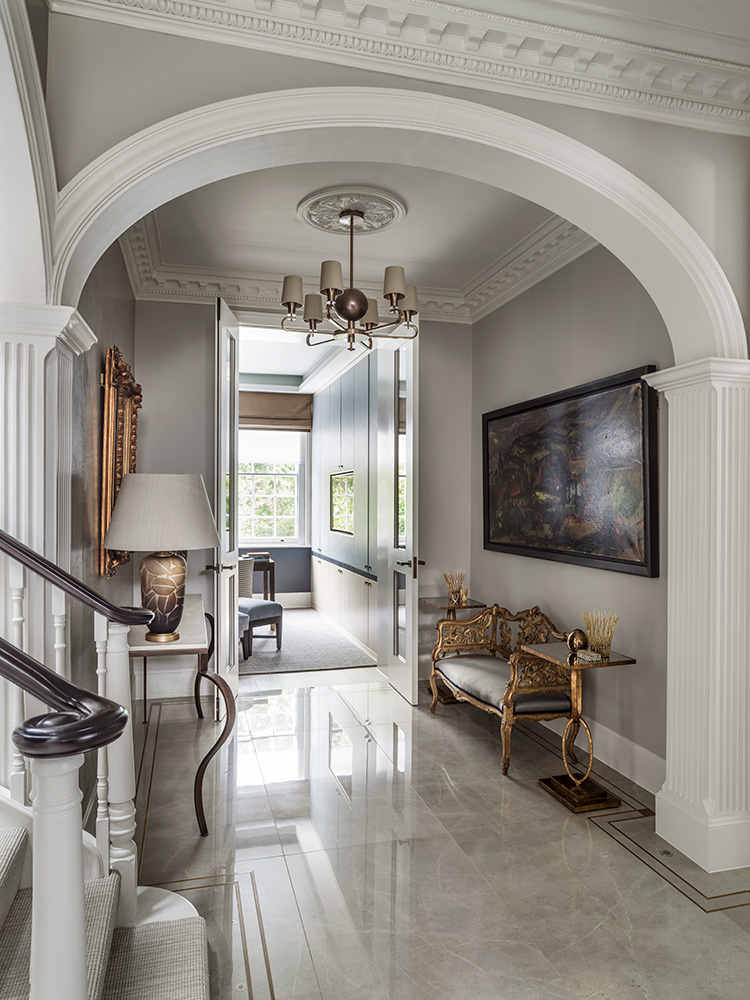Expert Rural Home Styling for a Peaceful Escape
Expert Rural Home Styling for a Peaceful Escape
Blog Article
The Art of Equilibrium: Exactly How Interior Design and Home Architect Collaborate for Stunning Outcomes
In the realm of home design, striking a balance in between aesthetic appeals and performance is no small feat. This delicate stability is attained through the unified collaboration in between interior designers and architects, each bringing their distinct expertise to the table. Remain with us as we check out the ins and outs of this collective process and its transformative impact on home layout.
Comprehending the Core Distinctions In Between Interior Decoration and Home Design
While both Interior Design and home design play important roles in developing visually pleasing and functional rooms, they are inherently different disciplines. Home architecture mainly focuses on the structural elements of the home, such as constructing codes, safety laws, and the physical building of the area. It deals with the 'bones' of the structure, collaborating with spatial measurements, bearing walls, and roof layouts. On the other hand, Interior Design is much more concerned with enhancing the aesthetic and sensory experience within that framework. It includes picking and organizing furnishings, choosing shade systems, and incorporating decorative components. While they operate in tandem, their functions, obligations, and locations of knowledge deviate significantly in the development of an unified home environment.
The Synergy In Between Home Design and Interior Decoration
The synergy in between home style and Interior Design depends on a common vision of design and the improvement of useful visual appeals. When these 2 areas align harmoniously, they can change a home from normal to phenomenal. This collaboration needs a deeper understanding of each technique's concepts and the capability to create a natural, visually pleasing environment.
Unifying Style Vision
Merging the vision for home architecture and Interior Design can produce an unified home that is both useful and aesthetically pleasing. The balance begins with an incorporated frame of mind; designers and indoor developers collaborate, each bringing their proficiency. This unison of ideas develops the layout vision, a plan that overviews the task. This shared vision is crucial for uniformity throughout the home, making certain a liquid shift from exterior architecture to indoor spaces. It promotes a collaborating method where architectural components enhance Interior Design parts and the other way around. The result is a cohesive living space that mirrors the house owner's character, preference, and way of life. Thus, unifying the design vision is important in mixing design and Interior Design for stunning outcomes.
Enhancing Functional Looks
Exactly how does the harmony in between home design and Interior Design enhance functional aesthetic appeals? This harmony makes it possible for the development of areas that are not just visually appealing yet additionally pleasantly usable. Architects lay the groundwork with their structural style, guaranteeing that the room is useful and reliable. The interior designer after that complements this with meticulously picked components that enhance the aesthetic appeals without compromising the performance. This harmonious cooperation can lead to homes that are both attractive and liveable. As an example, an engineer could create a house with high ceilings and huge windows. The interior designer can after that accentuate these functions with tall plants and sheer drapes, respectively, thus improving the imp source aesthetic appeal while maintaining the practical advantages of natural light and space.
Relevance of Collaboration in Creating Balanced Spaces
The cooperation between interior designers and designers is crucial in producing well balanced areas. It brings harmony between layout and style, bring to life areas that are not just cosmetically pleasing yet additionally practical. Checking out effective collective strategies can offer insights into just how this synergy can be efficiently achieved.
Harmonizing Layout and Architecture
Balance, an essential element of both indoor layout and design, can only genuinely be achieved when these 2 fields job in consistency. This collaborative process results in a natural, well balanced layout where every element contributes and has a purpose to the overall aesthetic. Harmonizing style and style is not just concerning creating attractive areas, however concerning crafting spaces that function perfectly for their residents.
Effective Collective Strategies

Case Studies: Successful Integration of Design and Style
Analyzing several study, it becomes obvious just how the effective assimilation of Interior Design and design can change a space. The Glass Residence in Connecticut, renowned for its minimalistic beauty, is one such instance. Designer Philip Johnson and interior developer Mies van der Rohe teamed up to develop an unified equilibrium between the framework and the inside, resulting in a smooth circulation from the outside landscape to the internal living quarters. Another exemplar is the Fallingwater House in Pennsylvania. Designer Frank Lloyd Wright and interior designer Edgar Kaufmann Jr.'s collaborative initiatives result in an amazingly special residence that blends with its natural environments. These case studies underscore the profound influence of a successful style and architecture partnership.

Getting Over Obstacles in Design and Design Partnership
Regardless of the obvious advantages of a successful cooperation between Interior Design and style, it is not without its challenges. Communication issues can develop, as both events may make use of different terms, understandings, and techniques in their work. This can result in misunderstandings and delays in project completion. One more major obstacle is the balancing act of visual appeals and capability. Designers may prioritize structural stability and safety, while designers concentrate on convenience and style. The combination of these goals can be complex. In addition, budget plan and timeline constraints frequently add stress, possibly causing breaks in the collaboration. For that reason, efficient interaction, shared understanding, and compromise are critical to get over these difficulties and attain a successful and harmonious cooperation.

Future Fads: The Developing Connection Between Home Architects and Inside Designers
As the globe of home design proceeds to evolve, so does the relationship between architects and indoor developers. On the other hand, indoor designers are welcoming technological facets, affecting general design and functionality. The future assures an extra cohesive, innovative, and adaptive method to home style, as designers and engineers continue to obscure the lines, promoting a partnership that truly symbolizes the art of equilibrium.
Final thought
The art of equilibrium in home style is attained via the unified cooperation in between interior developers and engineers. An understanding of each various other's disciplines, reliable communication, and shared vision are important in creating aesthetically sensational, functional, and inviting areas. In spite of obstacles, this partnership promotes development and technology Source in design. As the partnership in between home architects and interior developers advances, it will continue to form future fads, boosting comfort, effectiveness, and individual expression in our home.
While both indoor design and home design play necessary duties in developing aesthetically pleasing and useful spaces, they are inherently different disciplines.The synergy between home style and interior design exists in a common vision of design and the improvement of useful aesthetic appeals.Unifying the vision for home architecture and interior layout can develop a harmonious living space that is both useful and cosmetically pleasing. Hence, unifying the layout vision is important in blending style and interior design for magnificent results.
Exactly how does the harmony between home architecture and interior style enhance practical aesthetics? (Winchester architect)
Report this page